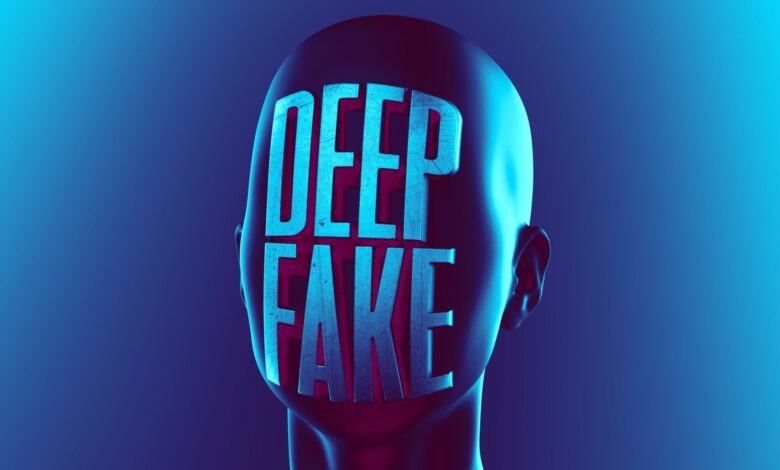Quick Reads Series: The Rise of Deepfakes – When Seeing Is No Longer Believing

In an era where digital manipulation has become increasingly sophisticated, a new phenomenon has emerged that challenges our very perception of reality: deepfakes. These hyper-realistic digital forgeries, powered by artificial intelligence, have the potential to reshape our understanding of truth in the digital age.
What Are Deepfakes?
Deepfakes are synthetic media in which a person’s likeness is replaced with someone else’s in existing images or videos. The term “deepfake” combines “deep learning” – a subset of AI – and “fake,” reflecting the technology’s ability to create convincing but fabricated content.
A Brief History
The concept of manipulating visual media isn’t new, but deepfakes represent a quantum leap in both quality and accessibility. The technology first gained widespread attention in 2017 when a Reddit user shared face-swapped videos under the username “deepfakes.” Since then, the technology has evolved at a breakneck pace, fueled by advancements in machine learning and neural networks.
The Double-Edged Sword
While deepfake technology offers exciting possibilities in fields like film production, education, and virtual reality, it also presents significant risks. From political disinformation to personal harassment, the potential for misuse is vast and concerning. As we delve deeper into this topic, we’ll explore the tools behind deepfakes, examine real-life scenarios where they’ve made an impact, and consider the profound implications for our communities and society at large.
In a world where seeing is no longer believing, understanding deepfakes becomes not just important, but essential.
This post is part of the “Quick read” series: The Rise of Deepfakes: When Seeing is No Longer Believing
Read in the same series:
- Deepfakes Creation Tools
- Real-Life Scenarios and Examples of Deepfakes
- Impacts of Deepfakes on Communities and Individuals
- Countermeasures and Detection of Deepfakes
- The Future of Deepfakes






